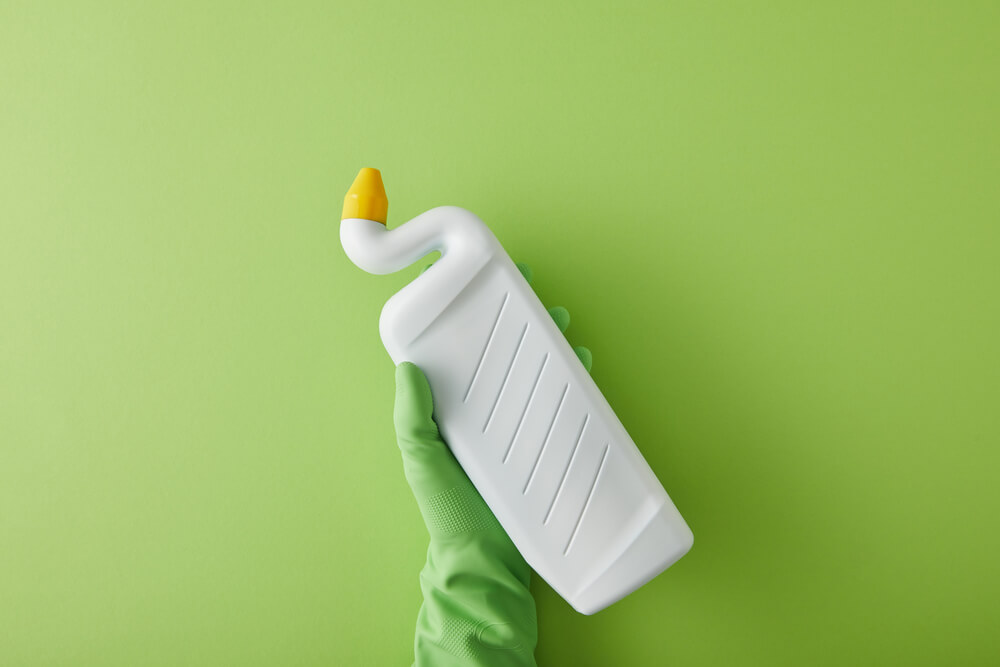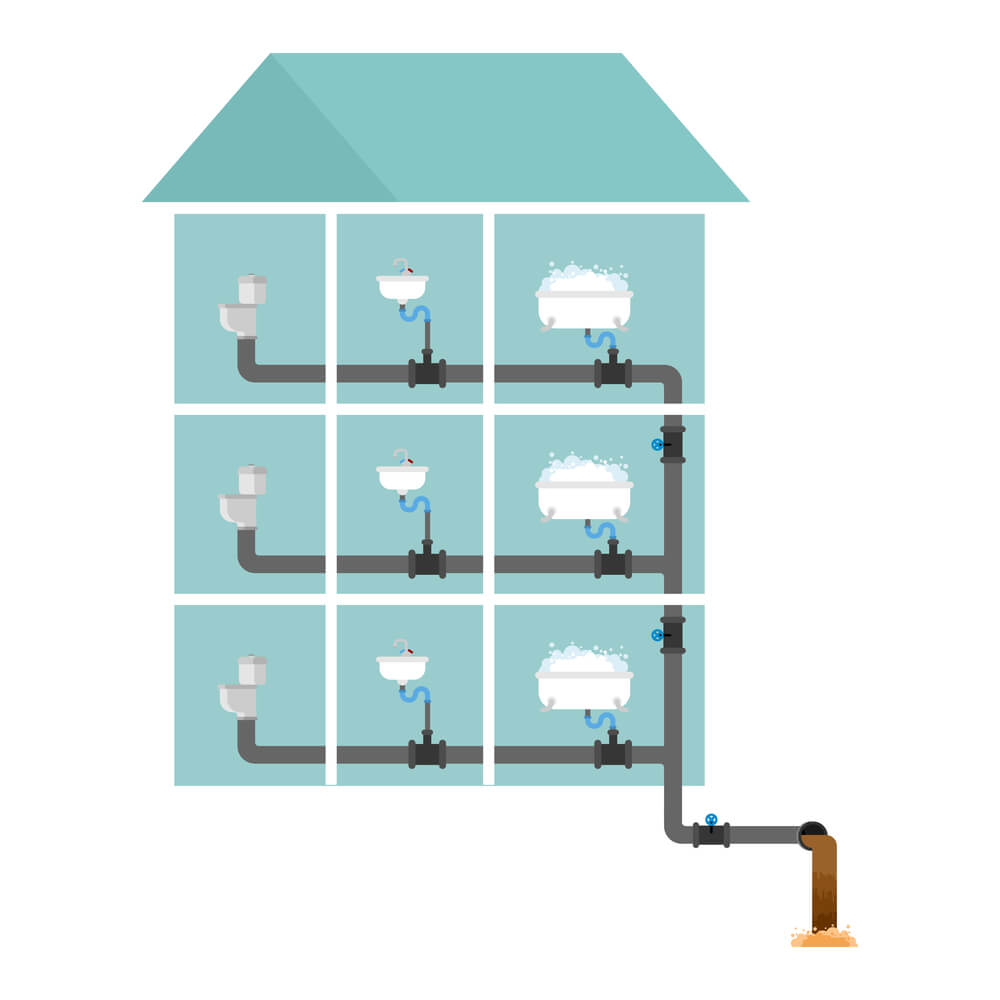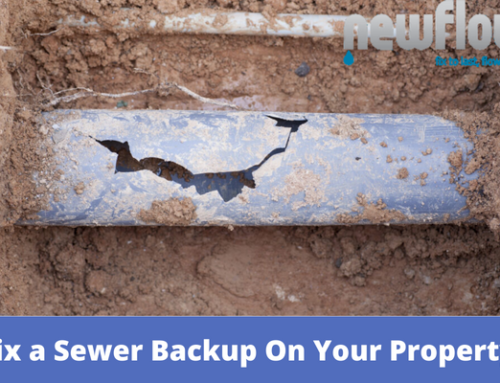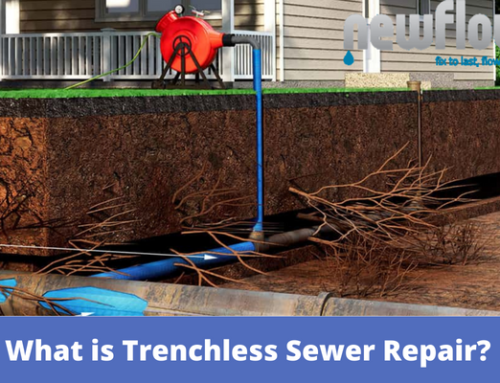A Home Guide To Cast Iron Waste Pipes
If your home was built before the 1970s, chances are it’s fitted with cast iron waste pipes. This article discusses the history, problems, benefits, repair, and replacement methods of cast iron waste pipes. Follow along with A Home Guide To Cast Iron Waste Pipes.
History of Cast Iron Waste Pipes
Plumbers installed the first cast iron waste pipe at Versailles in 1664. Then in the 1810s, they were installed in Philadelphia, soon replacing all the older material. The original cast iron waste pipes were used for city distribution for water and sewer. It wasn’t until the 1900s when they became popular in homes.
During the 1970s, PVC became the leading waste pipe material. So now it comes to the problem if your home still has cast iron waste pipes and is extending past life-use.
Read more about – How to find leaking pipe in wall
Problems With Cast Iron Waste Pipes
Cast iron was meant to last with proper maintenance. Unfortunately, there’s no way to care for pipes that run underground or inside walls (as you would a cast iron pan). Several problems can arise over time, and you may notice the signs below.
Leaks
Leaks can be caused by cracks or damage from sulfuric acid (or other corrosive materials like drain cleaners) in your pipes. Schedule a CCTV sewer camera inspection to have a better understanding.
Odor
Sewer systems are designed to be airtight. If you can smell sewage, it can be a sign of a cracked sewer pipe. Inhaling sewer gas for too long can lead to health problems.
Backups
Slow draining and clogs can be a sign your pipes are failing. Did you know that cleaning products contain sulfuric acid, which is damaging to cast iron pipes?
Learn more about – How To Fix A Sewage Backup
Mold
Mold can begin to grow due to increased humidity in your home. A cracked pipe will heat your home and create the right mold growth conditions.
Strange lawn signs
Leaking sewage acts as a fertilizer, and your grass can show signs of excessive growth or a lush green color. If you notice puddles of water or sewage waste in your yard, you can be sure a pipe is cracked and leaking. Your soil can sink, develop strange bumps, or even gutters due to soil dissipating.
Cracks
Leaking pipes can disrupt your foundation and cause walls, floors, or ceilings to crack. Call a foundation repair specialist if the situation gets this bad.
Rodents or insects
Rodents and insects (cockroaches, palmetto bugs, and flies) can find their way through even the tiniest of cracks and make their way into your home. Pest control can kill the current invaders, but more will come if the root of the problem isn’t handled.
Benefits of Having Cast Iron Waste Pipes
Cast iron pipes used to be the obvious route for plumbing and waste systems across America. They still have advantages in the modern world.
Longevity
Cast iron pipes were built to last, but several factors can cut into their lifespans, such as weather, tree roots, types of soil, and water quality. Time is the main culprit when it comes to degrading material.
Durability
It’s durable and able to withstand heavy loads and high pressure. Consider another use for cast iron, such as pots and pans. With proper care, they can last a lifetime.
Silent
Cast iron deadens the sound of flowing water and sewage. It’s very dense and resistant to vibration, creating less noise than PVC. You can only hear it if you put your ear against the pipe. PVC is not thick and will rattle and shake as water passes through. You can even hear your upstairs neighbors’ lines as they flush.
New Cast Iron Waste Pipes
Modern cast iron waste pipes have even more benefits than before. They use rubber couplings and stainless-steel band clamps to make leak-proof connections. You can make adjustments to fitting angles (curves and bends) after installation. With PVC, you only have seconds to adjust once it’s glued. Modern cast iron is spun cast (meaning they’re spun while being molded), so the pipe wall thickness is more consistent and produces a denser iron.
How Professionals Repair Cast Iron Waste Pipes
Every repair begins with a CCTV sewer camera inspection. This camera can fit in even the smallest pipe. It determines where the problem comes from and gives an accurate understanding of what method works best for your situation. Most professionals don’t recommend band-aid solutions for failing drain pipes. If they do, it will most likely be one of the following,
1. Patch jobs – A patch job is a quick emergency repair fix to stop a sudden leak. It’s not meant to be a permanent solution, and you can pick up most of the tools for a patch job at the store. A few repair items include black repair wraps and epoxy adhesives.
2. Point repairs – Point repairs are like CIPP (cured-in-place pipe). Professionals install a CIPP liner in a small section of pipe that needs repair instead of the whole line.
How Professionals Replace Cast Iron Waste Pipes
Older methods of replacement involved tearing up floors and lawns. Have you ever heard of trenchless sewer repair? Just like the name implies, this is a replacement process that involves no trenching and minimal digging. Trenchless sewer repair only requires one or two access points, often 4×4 pits on either side of the house. Or we can make the access point by pulling a toilet (we will put it back). Sometimes, some concrete needs to be chipped away under the toilet, but this is better than the alternative, a big ugly trench through your living room and kitchen. The collateral damage of trenchless drain pipe replacement is nothing compared to the effects of traditional methods. Trenchless sewer repair always begins with hydro-jetting or another pipe cleaning solution.
Cost
Trenchless sewer repair can cost anywhere between $4,000-$15,000 for the average single-family home. Jobs range from a few feet of repair to hundreds of feet, thus changing the pricing per amount of needed work. There will always be a base cost starting at permitting, contractor mobilization, project minimums, and then prices move on from there.
Who Do You Call About Cast Iron Waste Pipes?
If you’re looking for a reliable, professional company that can deal with cast iron waste pipes, call New Flow Plumbing. We serve the Santa Clarita, Glendale, and the greater Los Angeles area. We will assess the situation using a CCTV sewer camera inspection and give you the best solution. Contact us today and receive a quote.







